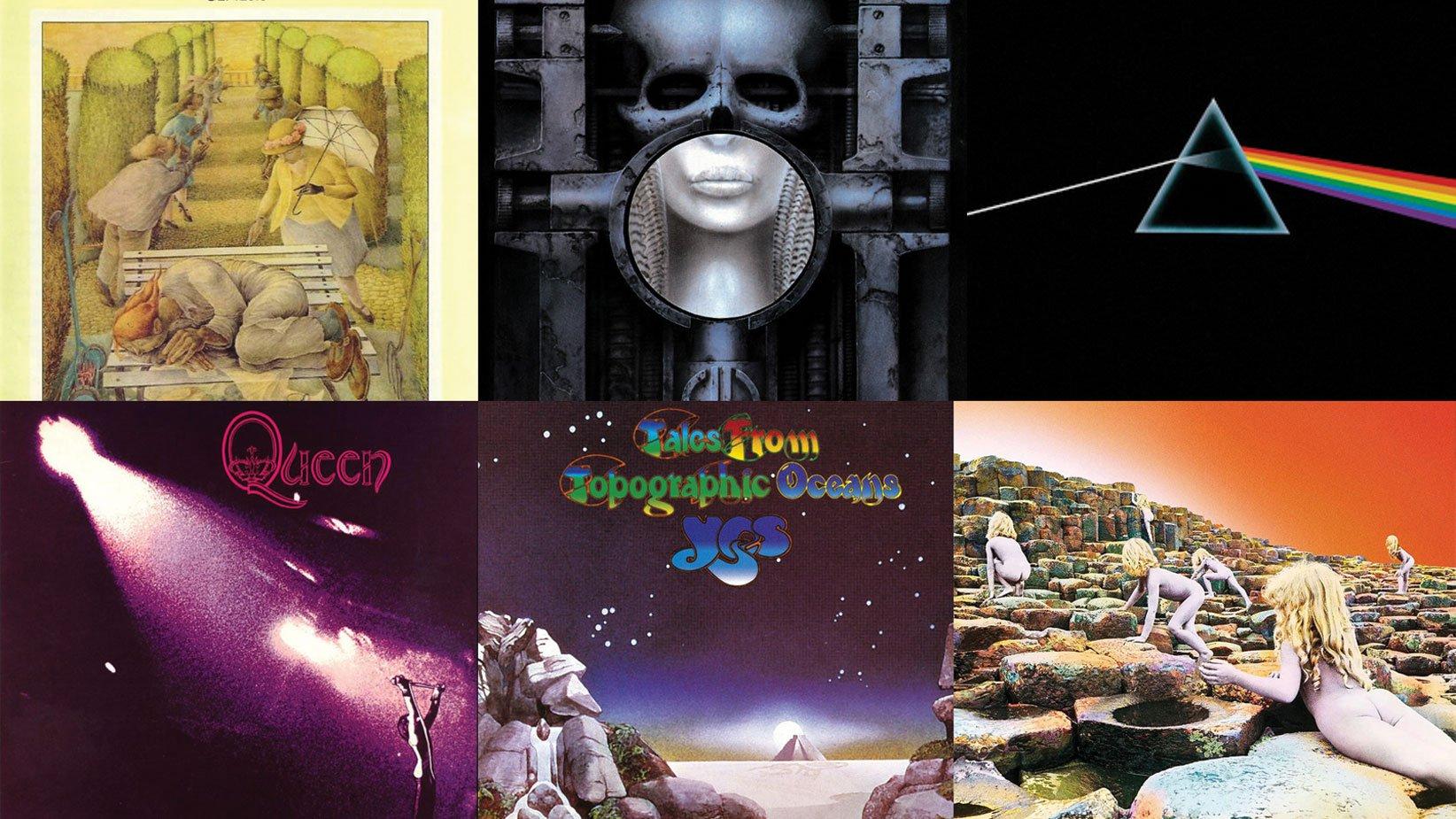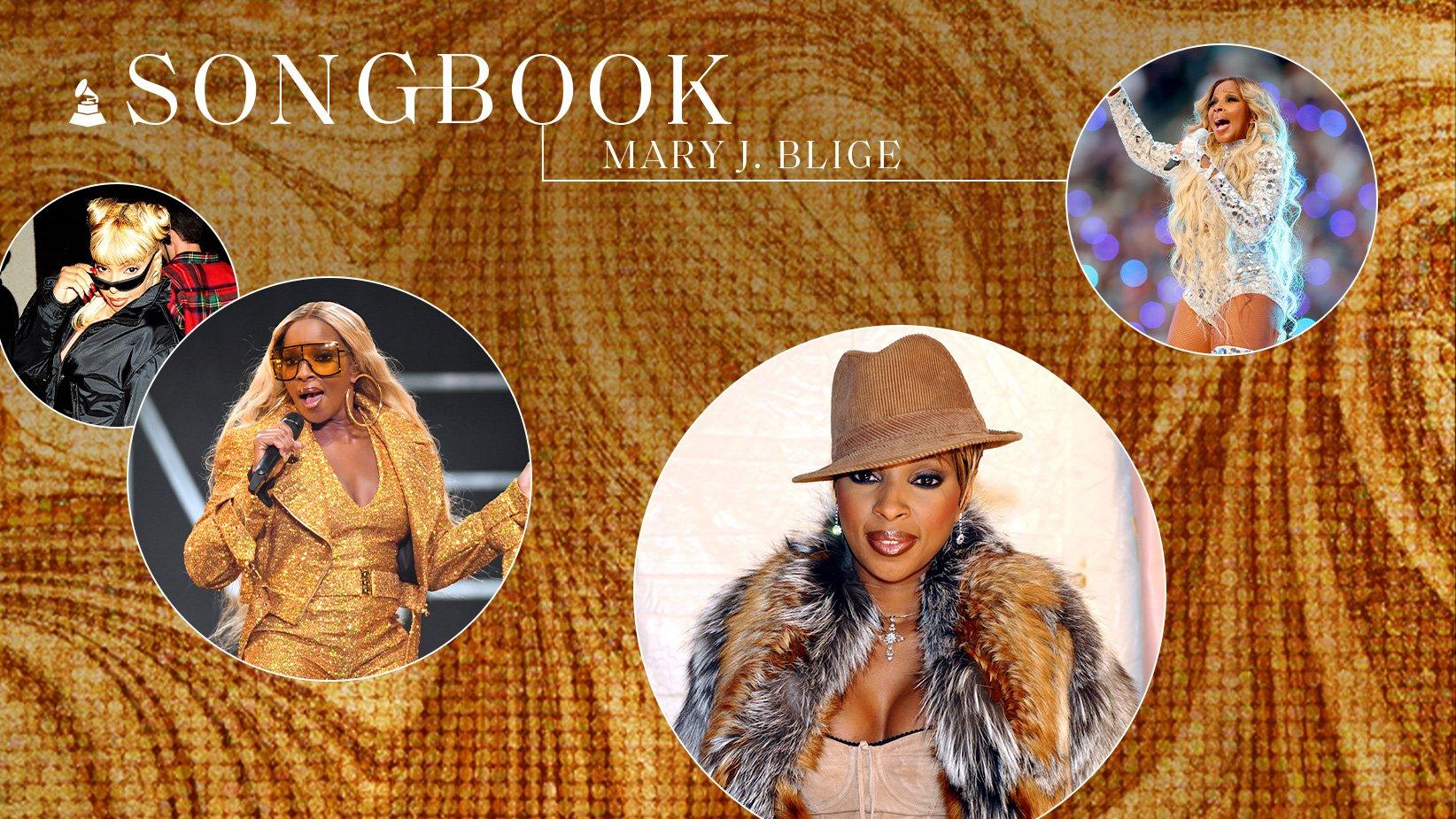Pink Floyd's back together. Jerry Garcia never left us. The best '80s metal acts are alive and well again and rocking the Sunset Strip. The sounds of Jimmy Page's guitar are still ringing loud and clear. And Neil Diamond's hot August nights are happening in small clubs and theaters all over the country.
And to experience any of this, all you have to do is buy a ticket to a show by one of the many successful touring "tribute" bands and close your eyes. You may even convince yourself that you're seeing the real thing.
While top rock, country and pop acts battle it out for positions on Billboard and Pollstar's annual top tour lists, there's plenty of concert dollars to go around for tribute bands.
Take Super Diamond, a San Francisco-based Neil Diamond tribute act. Fronted by Randy "Surreal Neil" Cordero, the band embraces Diamond's music from various eras, from his Brill Building songwriting roots and his rocking '70s arena gigs to 1980's The Jazz Singer soundtrack and classics such as "Sweet Caroline" and "Cracklin' Rosie," and beyond.
Why a tribute band? Why not, says Cordero, who cut his teeth on everything Diamond from an 8-track tape his parents bought for him when he was growing up.
"Neil was uncool when I got to high school," he told Larry Good of SuperDiamond.com. "But, sometimes you come back to things. … [And our audience is] always 80 or 90 percent people in their 20s or 30s. They got teased for liking Neil Diamond. Their parents played him. Then they see Super Diamond and then they bring their friends, and it's like they won an argument. Neil is cool after all. How can their friends argue with that?"
With one remaining 2011 gig on their calendar on Dec. 29 in Anaheim, Calif., Super Diamond already have approximately 20 concerts on the books for 2012.
While Garcia isn't alive to comment on them, it's likely he'd have a smile on his face at a Dark Star Orchestra gig.
DSO, as their fans call them, have been recreating actual Grateful Dead concerts since 1997, set list by set list. They study the recordings of past Dead shows not to duplicate jams but to get a better feel for pacing, the different lineups that represented and the vibe of the times.
Jeff Mattson was "the Jerry guy" in the Dead tribute band the Zen Tricksters, known as the Volunteers in their formative years. The Zen Tricksters became legends on the suburban New York scene while the real Dead were still touring in the '80s and early '90s. When DSO's founding lead guitarist, John Kadlecik, joined actual Grateful Dead members Bob Weir and Phil Lesh in the project Furthur, Mattson got the DSO gig. He hasn't looked back while making a living looking back, but he gets a kick out of finding that elusive improvisational zone along with his bandmates while interpreting the Dead's material.
"It's one thing to play a song and another entirely to get into the process of the way the Dead played and be able to react to each other in real time musically," Mattson told Glide magazine. "That's really what it's all about. There are a lot of Dead bands out there who can play the songs, but they're not really getting to that essence of musical conversation. There's nothing wrong with any of it … what makes me so happy is to know that this music is being played everywhere."
DSO has a pair of Cosmic New Year's Run concerts on Dec. 30–31 in Montclair, N.J., and recently announced a two-week West Coast tour in spring 2012.
The Fab Faux, the Beatles tribute act co-founded by "Late Show With David Letterman" band bassist Will Lee, strives to recreate the Fab Four's masterful studio work in a live setting. To that end, they bring onto the stage horns and strings and the other quirky instruments that John Lennon, Paul McCartney, George Harrison, Ringo Starr, and producer George Martin would whimsically play around with in the studio. The Fab Faux is ending 2011 on a high note, with four concerts in New York Dec. 27–30.
Don't forget Steel Panther, the hilarious quartet paying homage to '80s hair metal bands that plays a weekly gig at the House of Blues on Sunset Boulevard in Hollywood, Calif.
Steel Panther have upped their act to an arena level. In addition to releasing Balls Out, an album of all original songs, the band has jammed with A-list rockers such as Kiss' Paul Stanley and recently opened for Def Leppard and Mötley Crüe on a UK tour earlier this month. After closing out the year with two concerts in Las Vegas, Steel Panther's itinerary is busy through March 2012, with tours on the books for the UK and Australia.
Staying down under, there's the Australian Pink Floyd Show, which has been blowing minds at big halls for more than 20 years with great musical chops and a light show that would make the late Syd Barrett proud.
And consider Dread Zeppelin, who came alive in the late '80s and performs Led Zeppelin tunes to reggae beats while being fronted by an Elvis impersonator, and Lez Zeppelin and Zepparella, two exclusively female Zep tribute acts.
And while rock seems to be the tribute band genre of choice, ersatz music acts ply other styles too. As one might expect, Michael Jackson bands may top the list, including North Carolina-based Who's Bad, founded in 2004 by Vamsi Tadepalli. The band has shared the stage with acts such as the real Four Tops and Boyz II Men and will be thrilling the New Year’s Eve crowd at the Westin Chicago North Shore.
The rock bands they're emulating might be different, but the inspiration to pay homage to great music while turning on new fans remains the same.
"To me, the term 'tribute band' implies a visual experience beyond the music — dressing like the original band, imitating their antics, et cetera," Zepparella guitarist Gretchen Menn told Southern Fried magazine.
"We strive to do justice to the music but stay genuine in our stage show. We love the music so much that we allow that to come through, instead of making intentional Jimmy Page faces."
(Matt Sycamore is a Pacific Northwest-based freelance music writer.)




